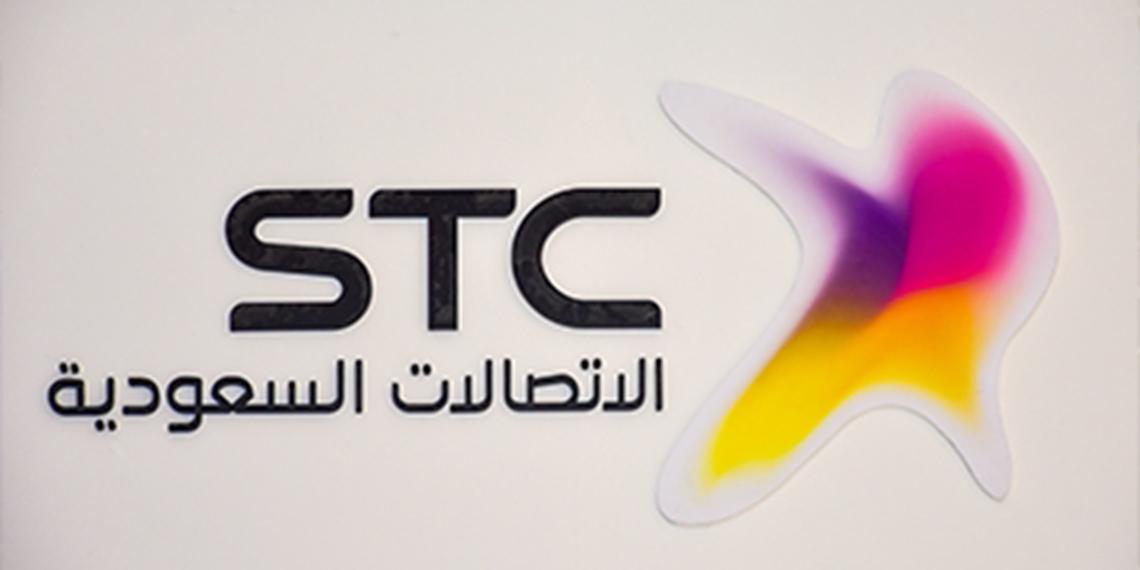-Why invest and operate when you can lease?
-Structuring IT Operations around OPEX.
The last thing ordered when a new project is commissioned is the IT hardware and infrastructure, because of how fast it becomes old and depreciates. The typical lifecycle for IT infrastructure is around three years for IT hardware. For software, there is an endless cycle of fixes and upgrades, which can become very expensive once an upfront support contract comes up for renewal.
Investment for IT infrastructure, whether it is for hardware or software licensing is expensive when looked at from a Capital Expenditure (CAPEX) perspective. Connecting and running this infrastructure is even more expensive in the long run, and rarely as efficient as it should be, with the cost structure typically split between overheads for capable professionals to manage and support the systems and connectivity charges for environments that serve multiple branch offices, which may or may not be spread out across more than one country.
This financial and operational risk can of course be mitigated by shifting to a pure or hybrid Operational Expense (OPEX) structure, where your company has a minimal investment in the resources needed to structure your IT infrastructure and an agile team, supplemented with leased services. In a pure OPEX setup, your company leases the services it needs, never having to worry about hardware or software upgrades, support or even connectivity. Support is a phone call or site visit away and is taken very seriously, while connectivity can be anything as simple as good quality broadband.
With a pure OPEX setup, you receive one monthly bill, with no worries about human resources (HR) issues for the team running the setup, no worries about equipment capacity and maintenance, or even licenses, patches or upgrades. In a hybrid setup, which is what some companies opt for, instead of expanding by investing in even more hardware and software, and hiring more people, these companies expand their IT resources by integrating services they lease with their in-house setup.
Regardless of what kind of setup you choose, your company can focus on its core business, as opposed to worrying about IT management. More important, because services are leased they can be structured in a flexible computing manner, where IT resources can be expanded and contracted based on actual business needs.
This is very important for companies that experience periodical or seasonal surges in demand for their services, like banks on salary day, government agencies during the Ramadan and Hajj seasons, or e-commerce sites during the holiday season.
As services become intricate and connected, an OPEX structure for IT services will become more and more crucial to the success of your organization, and should be considered a viable option for IT resource management.
Dr. Tarig M. Enaya is STC Senior Vice President of Enterprise.











